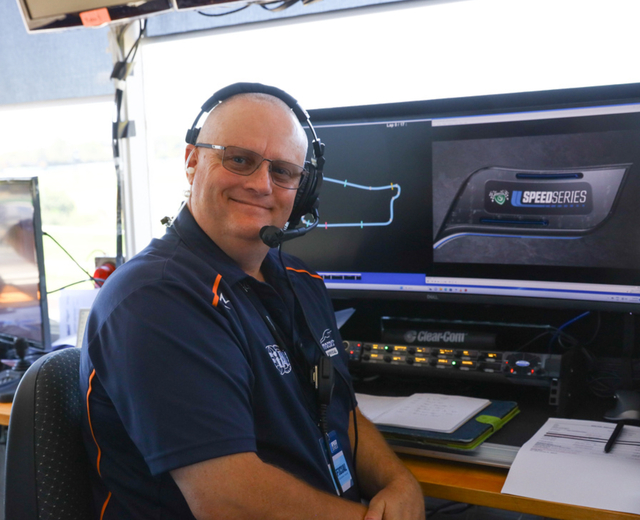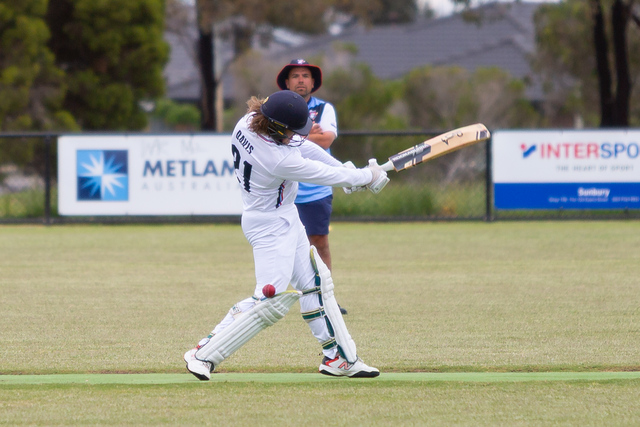Adenomyosis is a uterine disease where the tissue that normally lines the uterus, the endometrium, grows into the muscle of the uterus, the myometrium.
Seen in women during their reproductive years and typically between the ages of 30–50, Symptoms of the disease include heavy and painful periods; cramping; pelvic, back and leg pain; painful intercourse (dyspareunia) and fatigue.
Adenomyosis and endometriosis can both produce pelvic pain symptoms that can be difficult to distinguish, however, endometriosis is where tissue similar to the lining of the uterus is found outside of the uterus.
Not-for-profit advocacy group QENDO’s states that “some patients may find a relief from or reduction in pain or bleeding, and thus hormonal therapies can be helpful in an individual’s management plan, however they will not cure the disease itself,” and that “hormonal birth control including the Mirena IUD may have an impact on the junctional zone, however any regression is temporary and progression will often occur when these medications are removed”.
One curative option for adenomyosis is a hysterectomy – the surgical removal of the uterus.
According to the Australian Commission on Safety and Quality in Healthcare, there is concern that hysterectomy may be overused in Australia for the treatment of non-cancerous conditions.
While a hysterectomy is one of the treatment options, Melbourne mother Kate said when she was first diagnosed with adenomyosis, she was initially offered just a hysterectomy as the only option for her disease from a gynaecologist.
“Incontinency, prolapse, these are just a few of the risks I would be facing. Someone has to be in the percentage where things don’t go well, and I didn’t want that to be me – but I felt like I was running out of options,” Kate said.
Wanting to avoid a surgical treatment, Kate instead discovered uterine artery embolisation (UAE) as an alternative treatment, which is performed by an interventional radiologist.
UAE involves injecting tiny particles into uterine arteries to block blood flow and starve the tissue to alleviate the painful symptoms.
Kate said barriers preventing women being diagnosed and treated for adenomyosis could be a lack of public awareness of its symptoms.
She also said she feels there is a lack of centralised information in regards to the treatment options available from a range of specialties.
“My general advice would be to be an advocate for yourself … take in as much information as you can and decide what is best for you,” she said.
Interventional Radiology Society of Australasia (IRSA) spokesperson and interventional radiologist Professor Warren Clements said that he was excited to see increased research trials and clinical workshops in the field of women’s health.
“These efforts are helping to expand the applicability of minimally invasive treatment options, like UAE, for other common conditions like endometriosis,” Mr Clements said.
Mr Clements said that receiving a diagnosis for adenomyosis can be a “difficult and scary time.”
“I think the first thing to do is consider advice from major and informative resources, and one of those is probably the Australian Commission on Safety and Quality in Healthcare (ACSQHC) heavy menstrual bleeding standard,” he said.
He said while UAE is not a new or emerging treatment, recent research and trials have shown that it is a more cost-efficient option than surgery.
“There are public hospitals that do these procedures so there are options for women that have no out-of-pocket expense,” he said.
“Our message is just really about women having options and access to information.”
The Heavy Menstrual Bleeding Clinical Care Standard, updated this year, can be viewed online.
Details: https://www.safetyandquality.gov.au/standards/clinical-care-standards/heavy-menstrual-bleeding-clinical-care-standard







